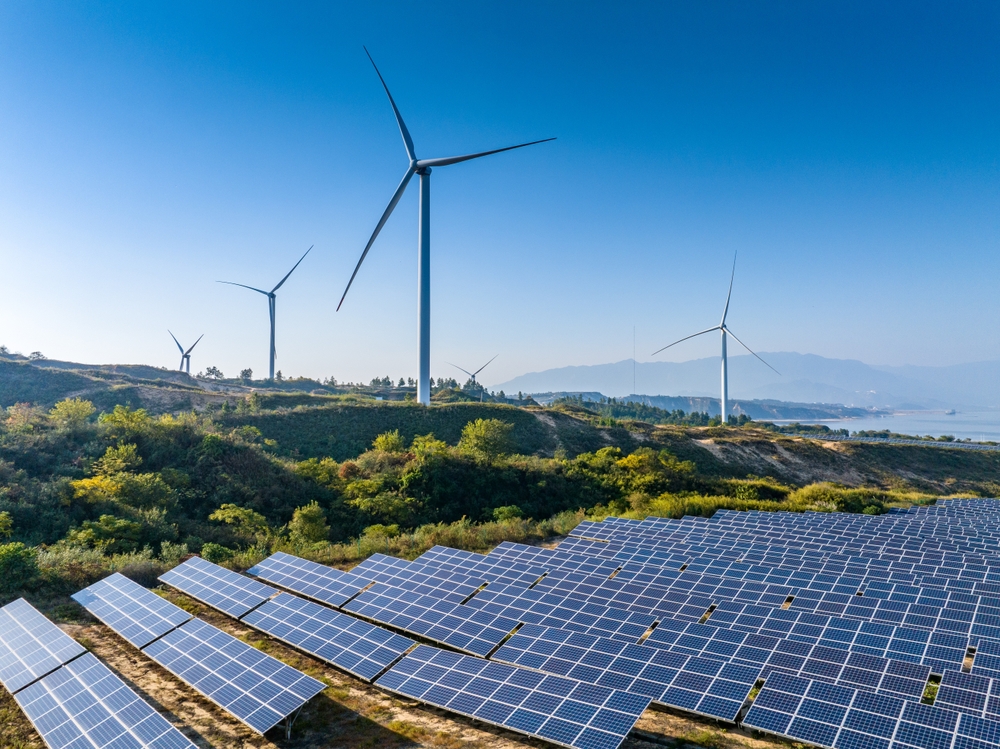Examining the Heart of Borneo’s Environmental Challenges
The Heart of Borneo, a vast tropical rainforest located in the center of the island shared by Indonesia, Malaysia, and Brunei, faces significant environmental challenges that threaten its rich biodiversity and ecosystem.
Understanding the Threats to the Heart of Borneo
Deforestation, illegal logging, agricultural expansion, mining activities, and infrastructure development are some of the key factors compromising the integrity of the Heart of Borneo. These activities disrupt habitats, fragment wildlife populations, and contribute to climate change, posing severe risks to the region’s unique flora and fauna.
Preserving the Heart of Borneo
Efforts by conservation organizations, local communities, and governmental bodies to establish protected areas, promote sustainable land use practices, and raise awareness about the importance of preserving the Heart of Borneo are crucial steps in safeguarding this valuable ecosystem. Collaboration among stakeholders and enforcement of strict environmental regulations are necessary to mitigate the environmental threats facing the region.
Looking Ahead: A Call for Action
The conservation of the Heart of Borneo is a pressing issue that requires immediate action to ensure the survival of its unique biodiversity and ecological functions. By prioritizing conservation efforts, embracing sustainable development practices, and engaging in responsible tourism, we can contribute to the long-term protection of this vital natural resource.
How Green Energy Projects Affect Indigenous Communities
Green energy projects have sparked debates on how they impact indigenous communities, raising vital questions about sustainability, land rights, and cultural preservation. While renewable energy sources like wind, solar, and hydroelectric power are hailed for their eco-friendly nature, the implementation of these projects often intersects with indigenous territories.
Indigenous communities, with their deep connection to the land, are disproportionately affected by the development of green energy initiatives. These projects can disrupt ancestral lands, threaten biodiversity, and challenge the traditional ways of life integral to indigenous cultures.
Moreover, the lack of proper consultation and consent processes can lead to the marginalization of indigenous voices in decisions that directly impact their well-being. It is imperative to recognize the rights of indigenous peoples to self-determination and involvement in shaping the development projects in their territories.
For a sustainable future, collaboration between green energy developers and indigenous communities is key. Respecting indigenous knowledge, promoting community engagement, and ensuring fair benefit-sharing mechanisms can create win-win outcomes that advance renewable energy objectives while upholding indigenous rights and values.
Ultimately, the discourse around green energy projects and indigenous communities underscores the critical need for ethical and inclusive practices in sustainable development. By acknowledging and accommodating the unique perspectives and rights of indigenous peoples, green energy initiatives can pave the way for a more equitable and harmonious relationship between environmental conservation and human well-being.
The Role of Dams in Indonesia’s Energy Strategy
Indonesia’s energy landscape shows a strong reliance on dams as a key component of its energy strategy. Dams play a crucial role in providing hydroelectric power, a clean and renewable energy source.
Environmental Impact and Sustainability
Although dams offer significant benefits, they also raise concerns about their environmental impact. Proper planning and assessment are essential to mitigate negative effects on biodiversity and local ecosystems.
Challenges and Opportunities
Despite the challenges, dams present opportunities for Indonesia to enhance energy security and meet growing electricity demands sustainably. Integrating modern technology and eco-friendly practices can improve the efficiency and sustainability of dam projects.
Exploring Sustainable Alternatives to Preserve Borneo’s Ecosystem
Breaking Down the Headlines
As the world’s third-largest island and home to one of the oldest rainforests, Borneo is facing rapid deforestation due to palm oil plantations, logging, and other unsustainable practices. The headlines now spotlight efforts to find sustainable alternatives that can help preserve this vital ecosystem.
The Bigger Picture
Understanding the importance of Borneo’s ecosystem is crucial. It is not only a biodiversity hotspot but also plays a significant role in regulating the climate and supporting indigenous communities. Exploring sustainable alternatives is not just about conserving a local environment but also a global effort towards combating climate change and protecting endangered species.
What This Means Going Forward
Embracing sustainable alternatives in Borneo, such as agroforestry, eco-tourism, and community-based conservation projects, can lead to long-term benefits. Stakeholders, including governments, corporations, and local communities, must work together to implement policies that promote sustainable practices while ensuring economic growth and social well-being. The future of Borneo’s ecosystem depends on these initiatives and the collective commitment to balance conservation with development.
